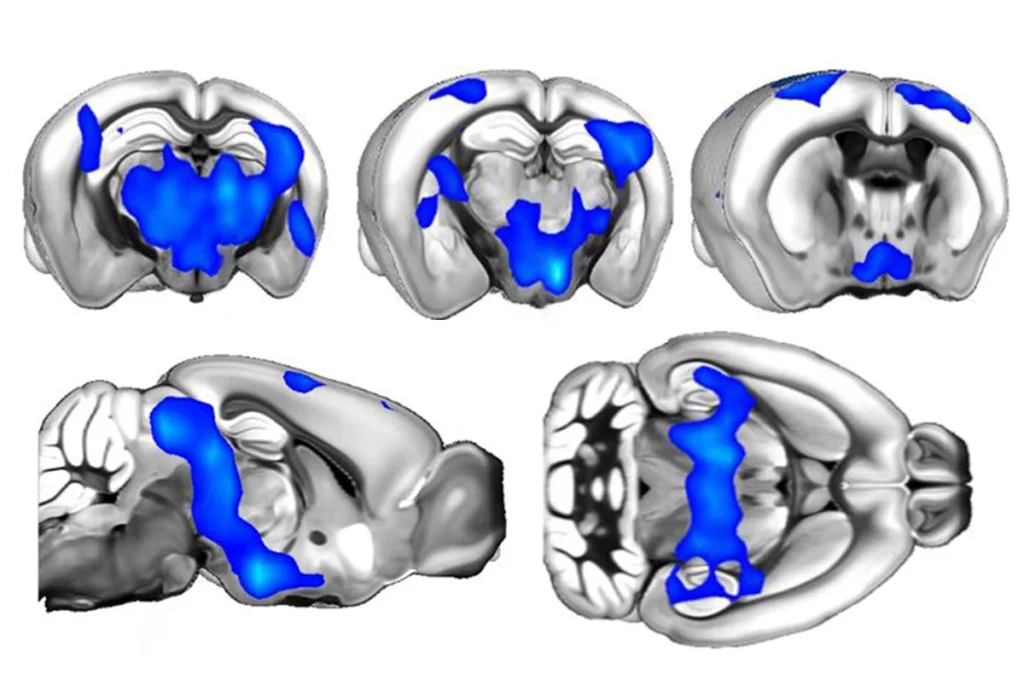Over the past decade, biologists have increasingly been posting their research results on preprint servers, ahead of the results’ publication in traditional scientific journals. Preprints are part of a broader ‘open access’ movement in science publishing that aims to expand free access to findings and speed up research.
Here we explain how preprints work, and when and how to use them.
What is a preprint and how is it different from a traditional academic paper?
A preprint is a research paper that researchers can post online. Preprints are not reviewed by other scientists prior to this posting, so the results do not undergo the same rigorous checking that they would for a scientific journal. The goal is to speed up the circulation of results among scientists and to allow other teams access to the methods and results well before they are published in their final form in a journal.
Physicists and mathematicians have been using preprints for several decades: Their primary preprint repository, arXiv, was launched in 1991.
Biologists have been slower to embrace preprints1. The largest biology preprint, bioRxiv, launched in 2013 and covers “all aspects of research in the life sciences.”
Why have biologists traditionally avoided preprints?
Many biologists have avoided preprints for fear of having their results scooped by another team — a competing group could replicate their results and beat them into print at a peer-reviewed journal. In the worst-case scenario, the preprint findings might then be rejected by journals as duplicating the rival team’s paper, harming the original researchers’ careers.
Some researchers also say that because preprints are not peer-reviewed, they can be unreliable sources of information — which is of particular concern when the results pertain to medical conditions.
However, with the rising popularity of preprint servers, many of these researchers are beginning to recognize the advantages of posting to the servers.
Where can I post a preprint of my autism research?
There are a number of options, depending on the area of research. Although arXiv primarily covers physics and mathematical sciences, it does include quantitative biology and statistics as well. However, in many cases bioRxiv is likely to be the more natural choice.
There is also a third option: medRxiv, which launched in 2019. This preprint server focuses on medical and clinical research, which bioRxiv does not publish. However, medRxiv is different from the others in that it puts papers through pre-publication checks to ensure that they do not contain “material that might pose a health risk.” The aim is to ensure that crank research — for example, anything pushing unproven therapies — does not appear on the site.
Why should researchers opt for a preprint?
The main advantage is fast access to research results for scientists everywhere.
Posting a preprint also allows the research team to claim it was the first to make a discovery, without waiting for a journal’s publication process, which can take months or even years.
“You get a date stamp with your name and a DOI, and that is then a citable object,” says Frank Norman, head of Library and Information Services at the Francis Crick Institute in London, United Kingdom.
Some funders and institutions now require research results to be freely available to everyone. For example, the U.K.’s Wellcome Trust is moving in this direction, and the U.S. National Institutes of Health “encourages” researchers to post preprints and to make the final versions of papers publicly available.
Preprints also give scientists access to a wide network of reviewers for their data. Instead of three peer reviewers picked by a journal’s editor, dozens of scientists may offer feedback on a preprint, allowing the team to significantly improve their final version of the paper.
The researchers can revise their manuscript multiple times in response to the feedback. Some journals, by contrast, have restrictions on what the researchers are allowed to do once their paper is in peer review.
Will posting a preprint mean that journals will reject my paper?
Researchers often worry that their research might not be accepted by a journal if it has first appeared as a preprint. For decades, many science journals followed the Ingelfinger rule: They would not publish anything that had appeared elsewhere.
The rise of preprint servers has forced journals to reassess this stance. Many, including prominent journals such as Nature and Science, now accept research that has appeared as a preprint.
However, the exact rules vary. The New England Journal of Medicine and the JAMA Network journals are some of the least preprint-friendly. Although they do not forbid preprints, they say they are less likely to publish research that has received significant publicity. Worse, many journals lack policies: According to a study published in January 2020, 39 percent of journals have “unclear” policies on whether they accept manuscripts posted as preprints2.
Researchers can consult SHERPA RoMEO, a database of publisher copyright policies, for a specific journal’s policy.
At what point should researchers post a preprint?
There are several possible strategies.
If the research has a chance of being published in a top journal that is not preprint-friendly, many researchers opt to submit it to the journal first. If the journal rejects the paper, the researchers may post their manuscript to the preprint server before trying another journal.
But increasingly, researchers are posting the preprint first and worrying about submitting to journals afterward. “Some people actually post it as a preprint and then see what the feedback is,” Norman says. This approach may not harm its chances of acceptance and may even help it: Some journal editors trawl preprint servers for interesting manuscripts and then approach the researchers.
Researchers who have already submitted their paper to a journal often let the editors know before posting a preprint version.
When can researchers talk to the media about a preprint?
Journals have varying rules about this. Some insist on no contact with journalists until the journal is about to publish the study. Others may forbid actively contacting journalists about a preprint but permit researchers to answer questions if journalists contact them.
Researchers have little recourse to stop journalists from covering their preprints. Many science journalists use preprint sites such as bioRxiv, which are in the public domain, to find stories. If a journalist does get in touch, one solution may be for the researchers to ask the journal to accelerate the review process.
What sort of research should not be posted on preprint servers?
Researchers sometimes generate findings that are particularly newsworthy — for example, research identifying the origins of autism. In this situation, researchers may choose to publish via a peer-reviewed journal so that they can control how and when the information becomes public.
Similar concerns may apply to research with commercial import, such as a treatment, technology or product. “You need to be careful,” Norman says. Technology transfer teams at the researchers’ institutions may help them maintain control over the product, perhaps by filing a patent before posting a preprint.
How reliable are the results in preprints?
People should always read scientific papers skeptically.
The traditionalist critique of preprints is that they are unreliable because they have not been peer-reviewed. However, even a peer-reviewed paper has had only about three people look at it — and those three may not all have approved it.
“Peer review is not a guarantee of truth,” Norman says. “Things go through peer review which are later found to be wrong.” Notably, the incorrect and fraudulent research claiming that the measles-mumps-rubella vaccine causes autism passed peer review.
The lesson is not to be unduly wary of preprints, but to be appropriately cautious about all research findings.






